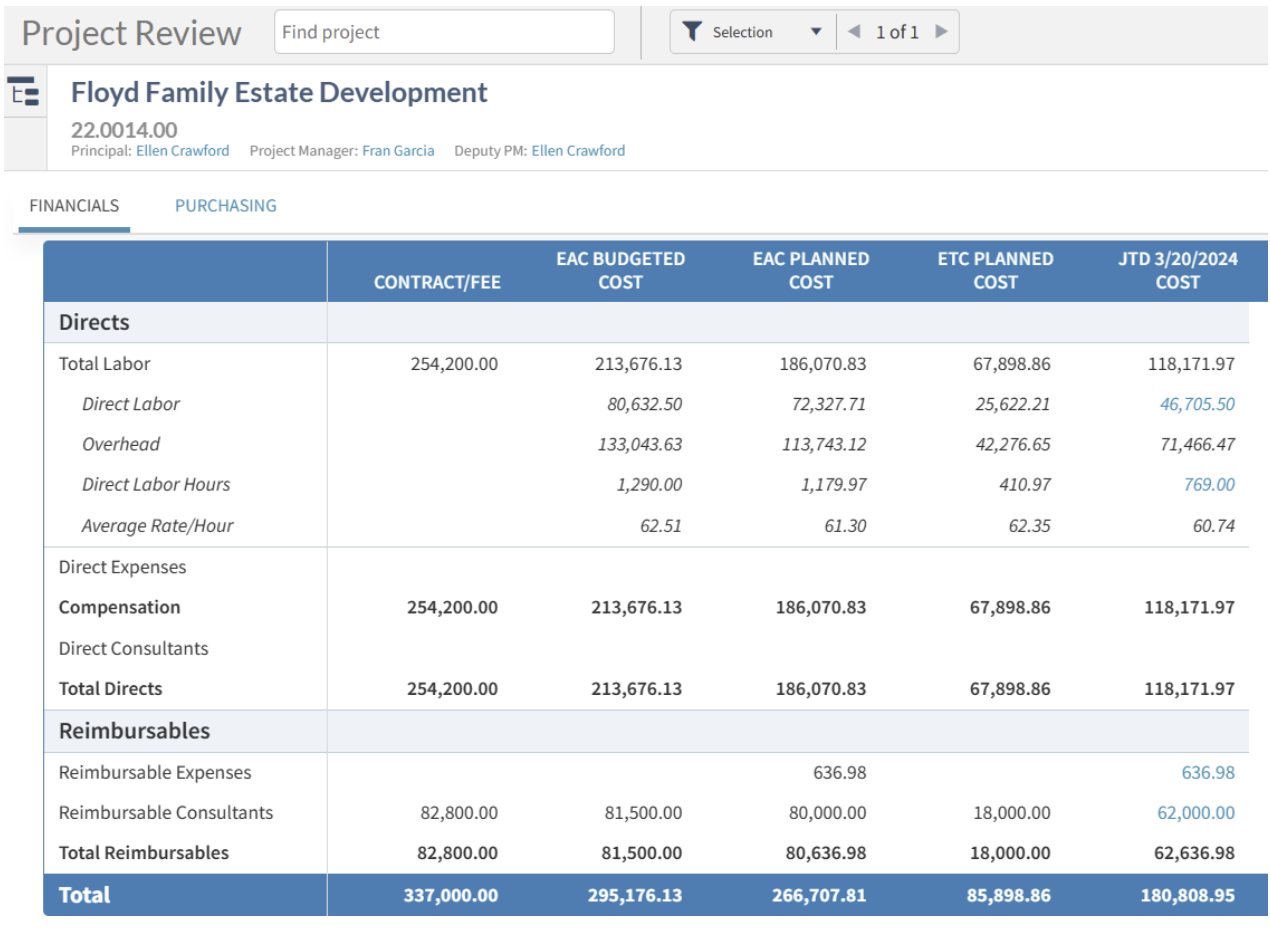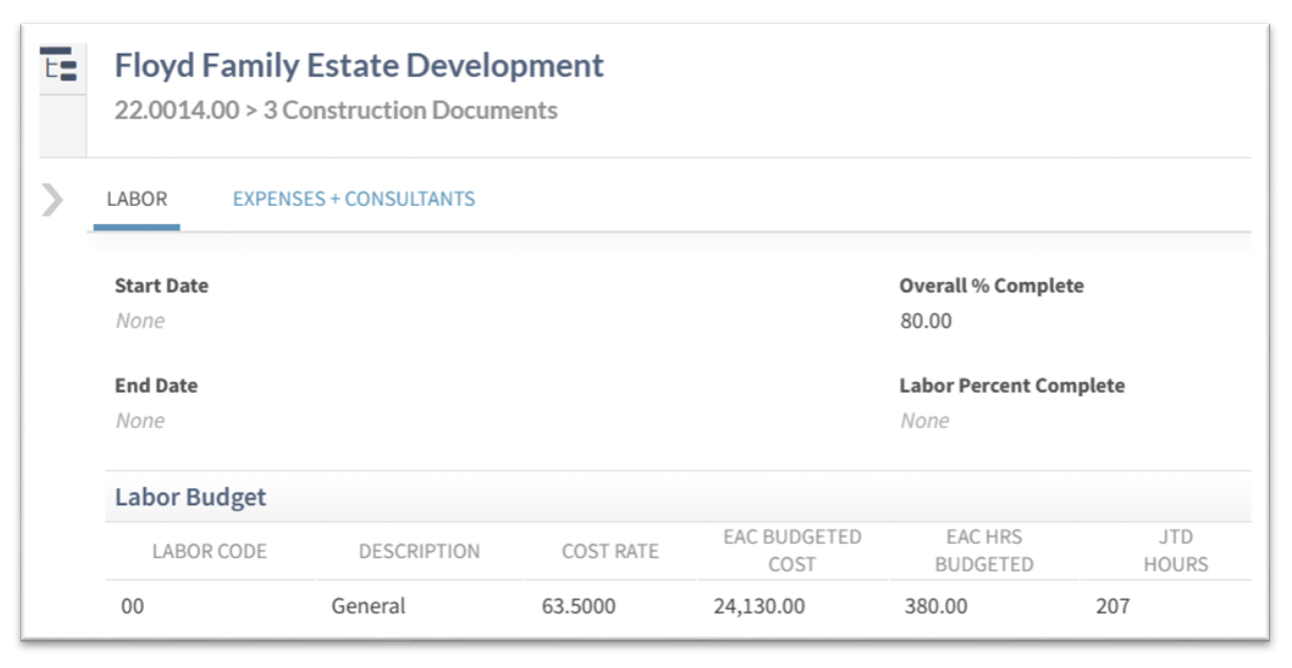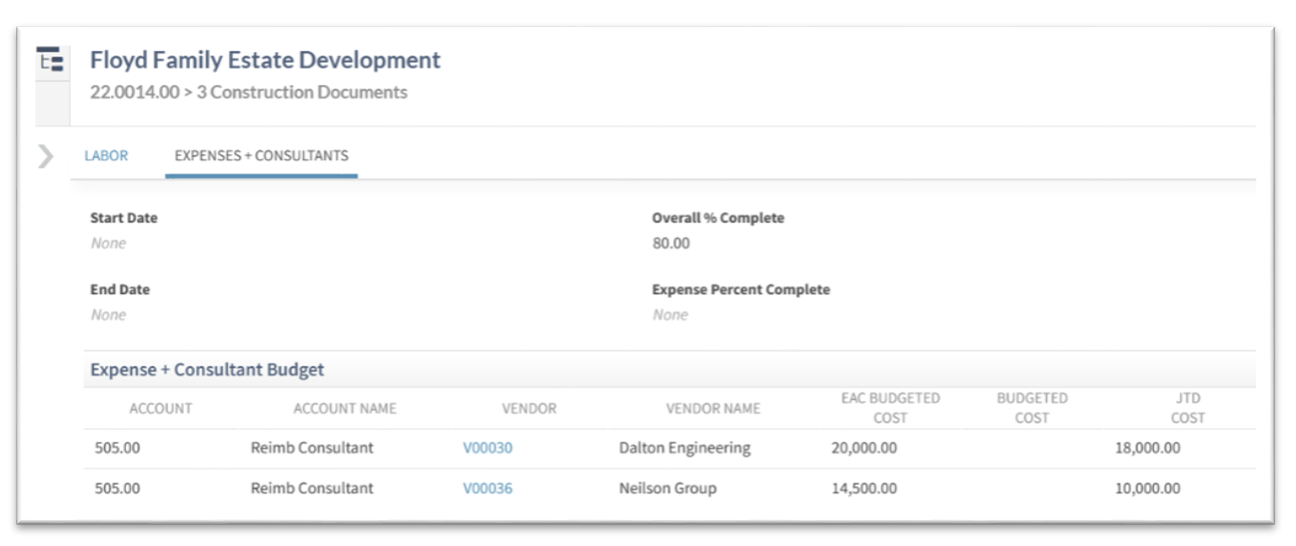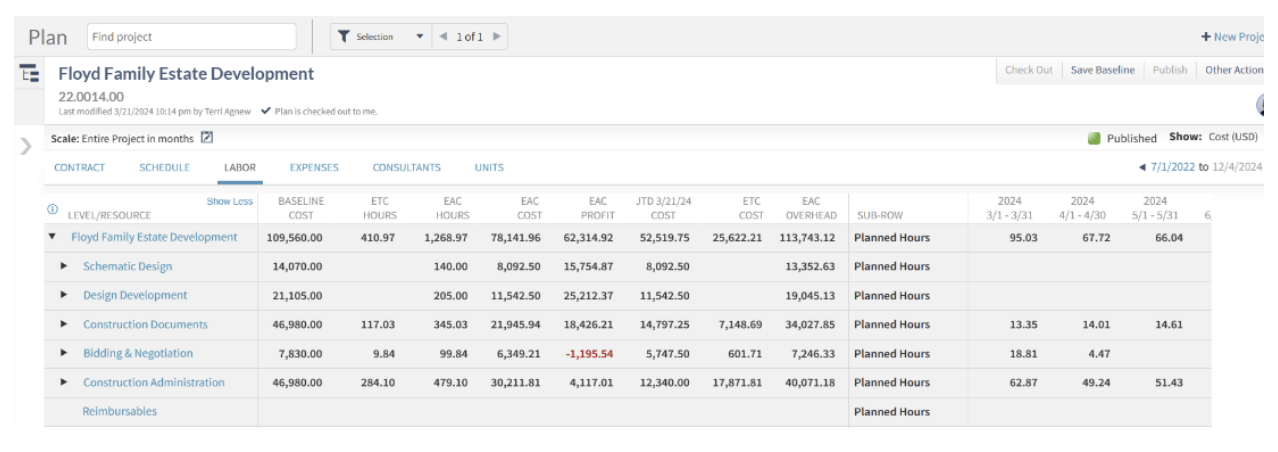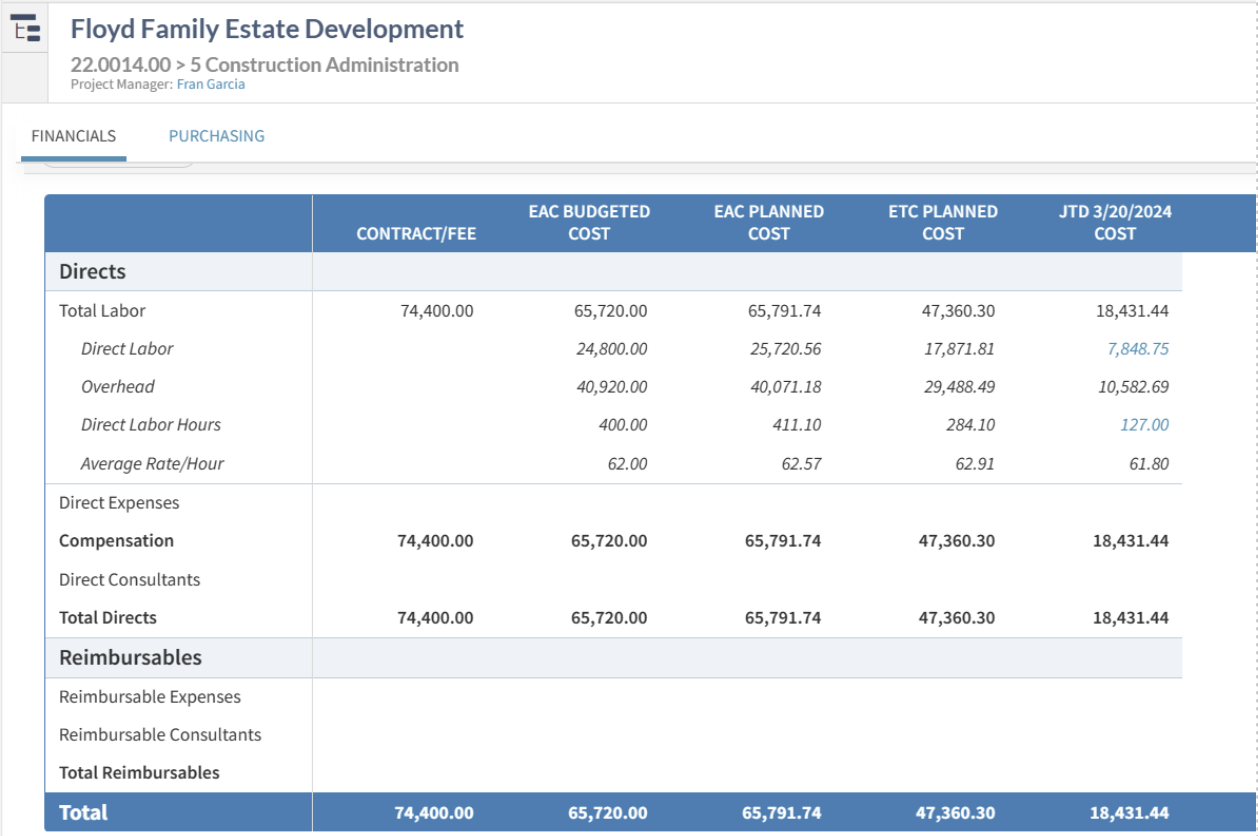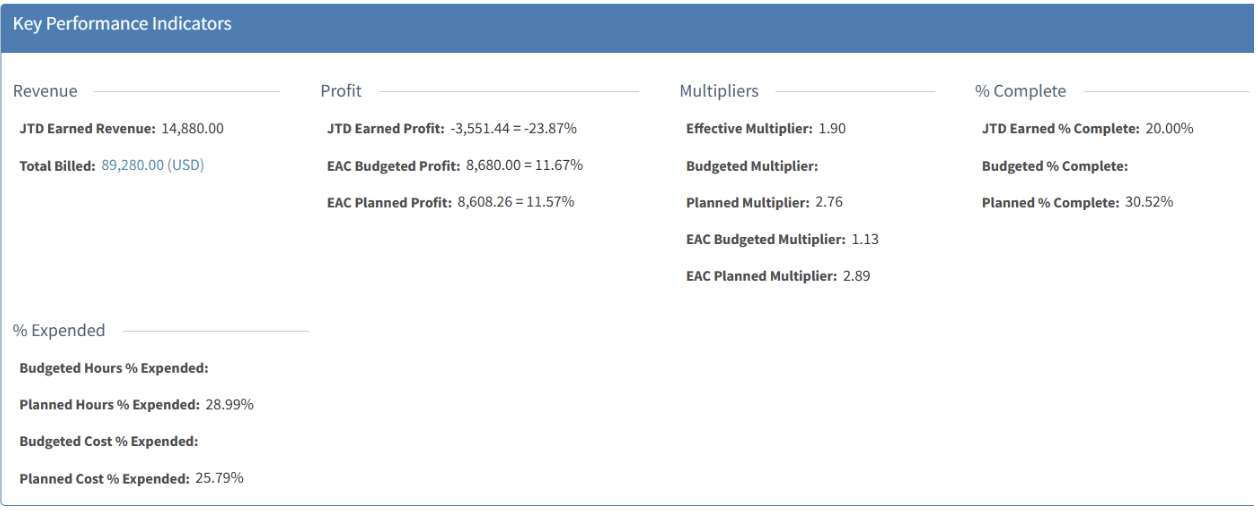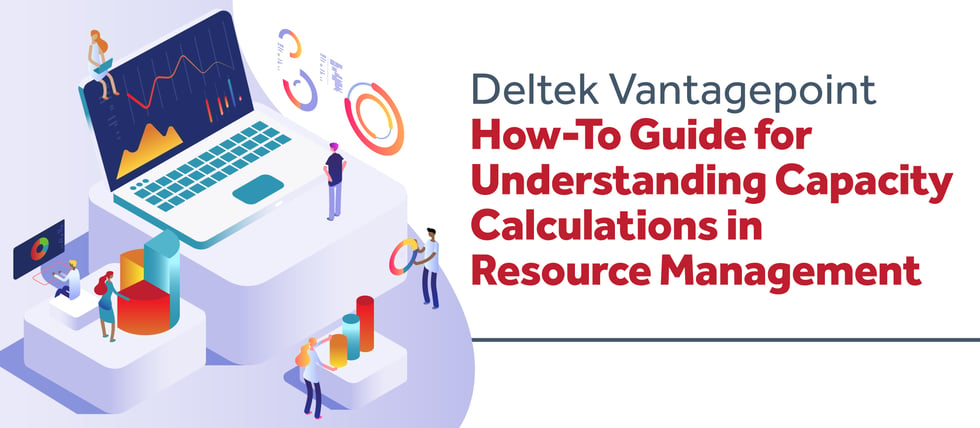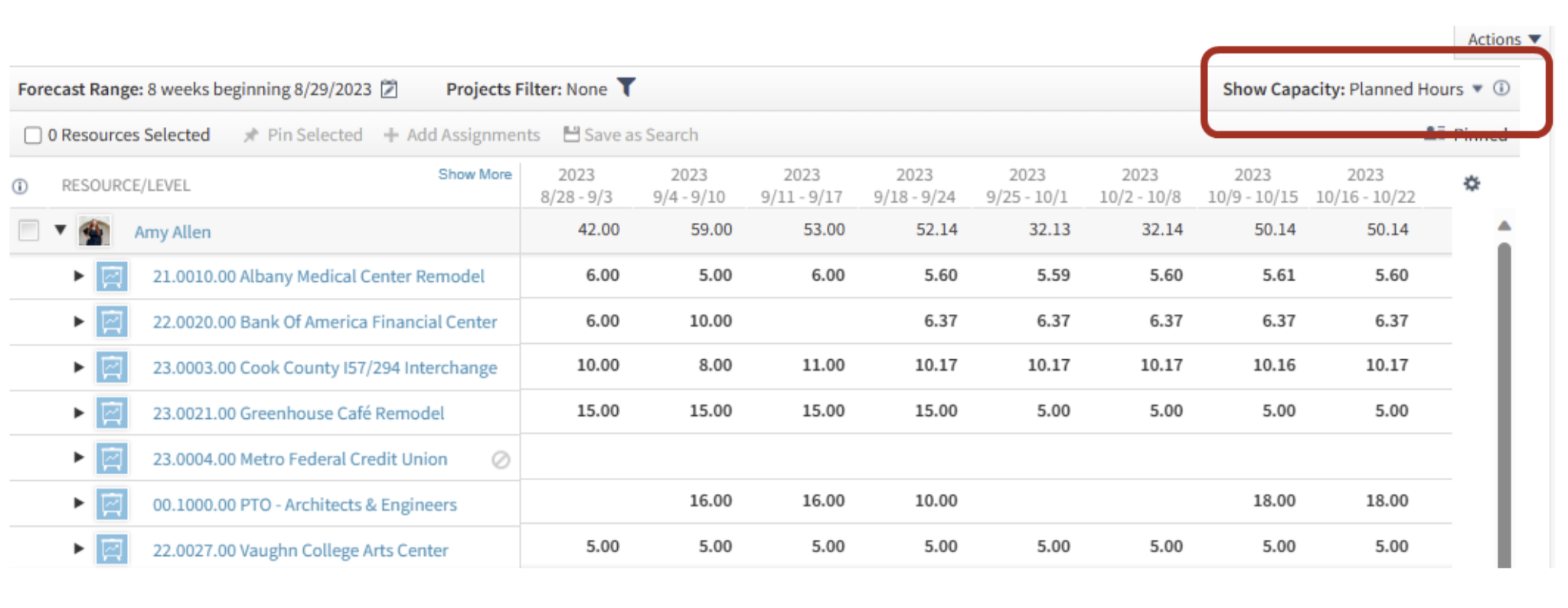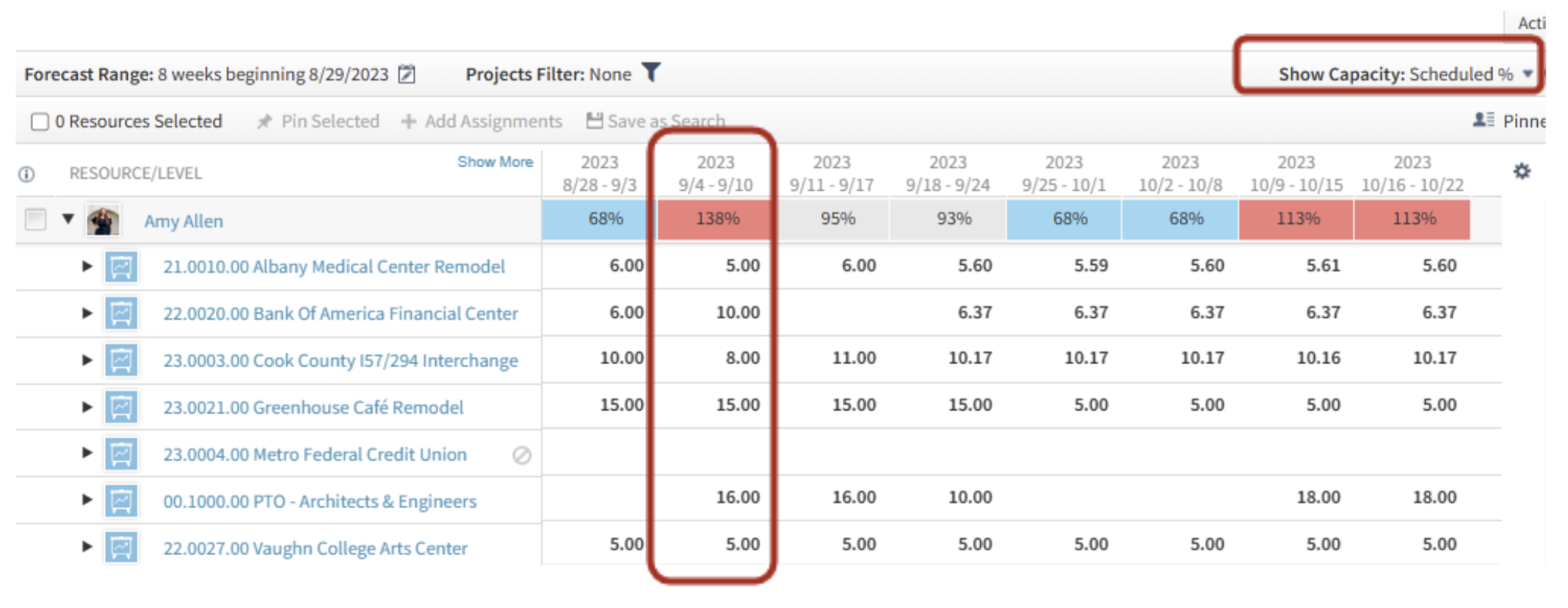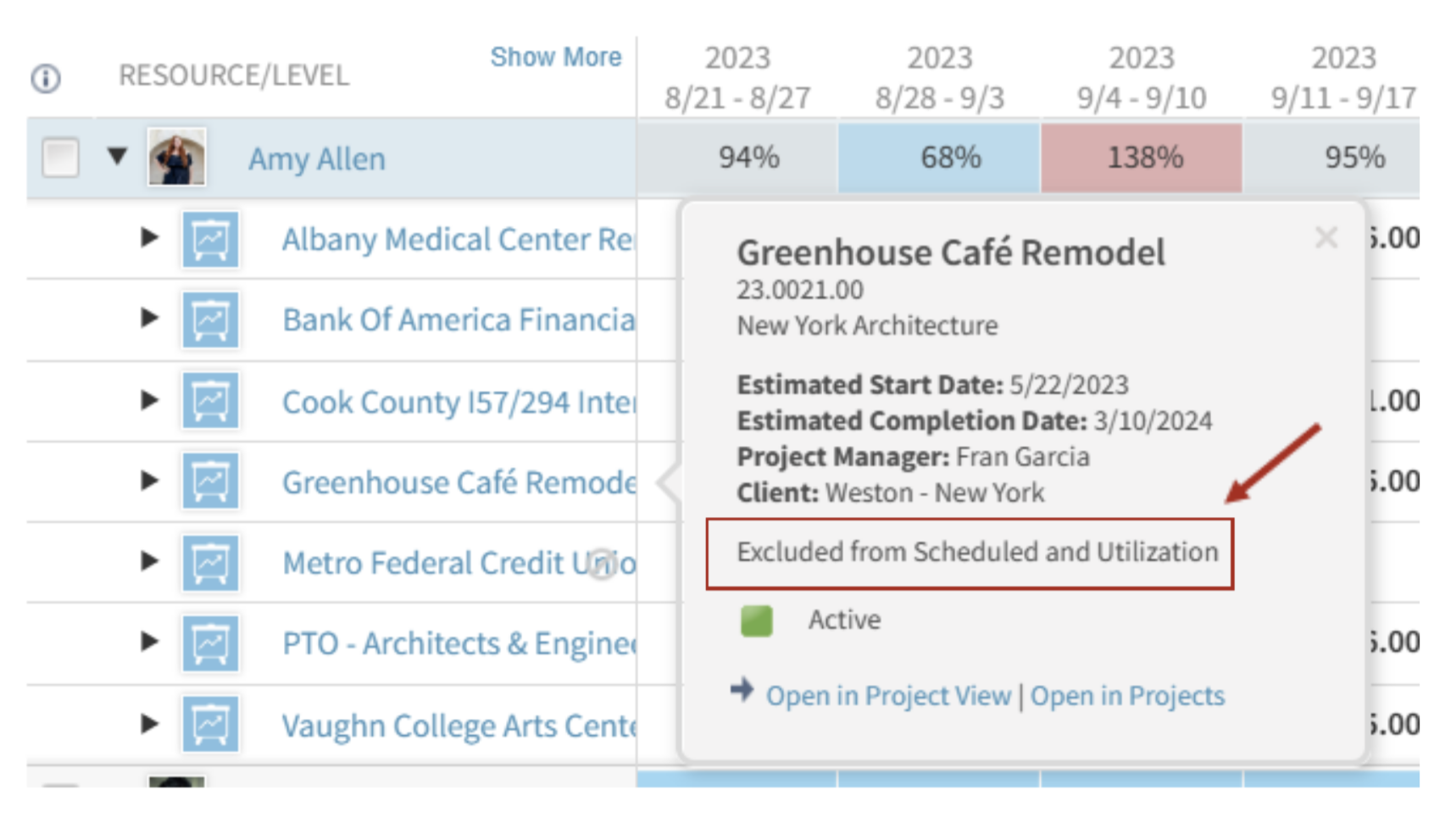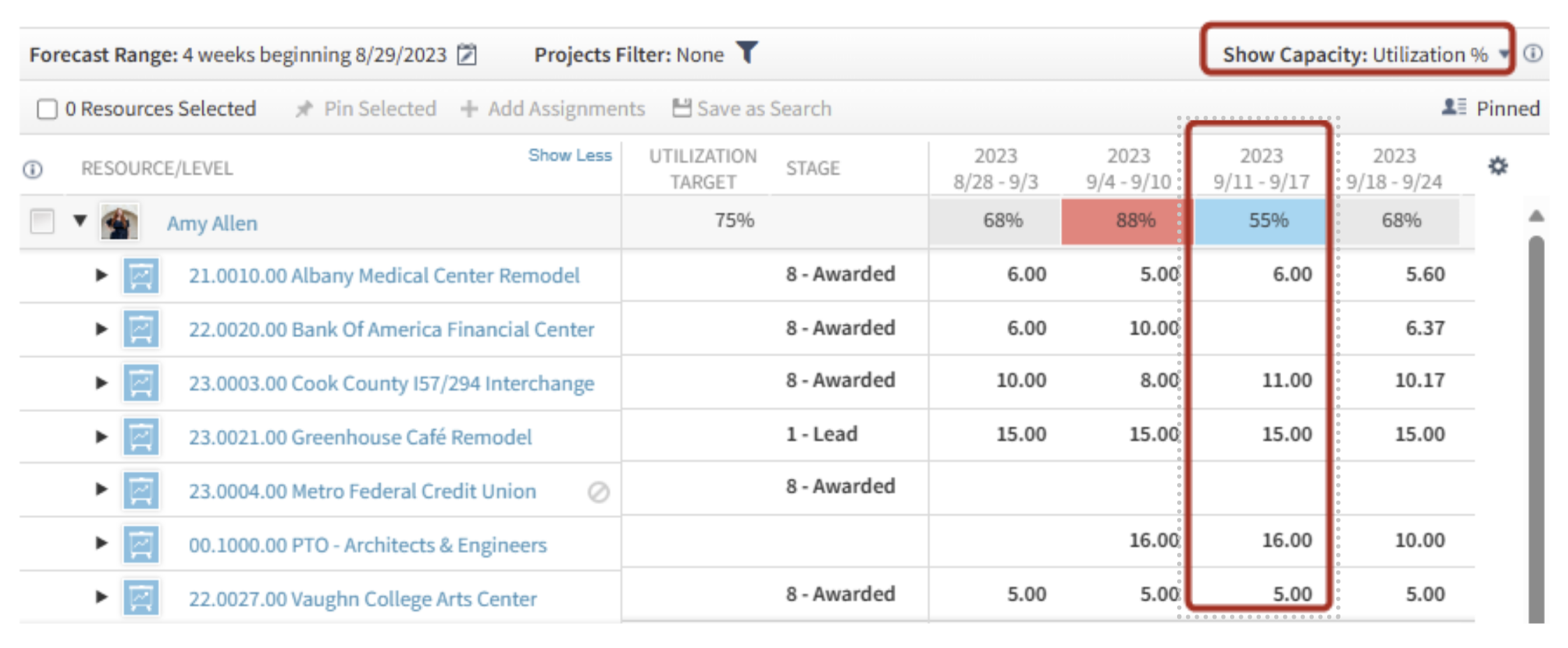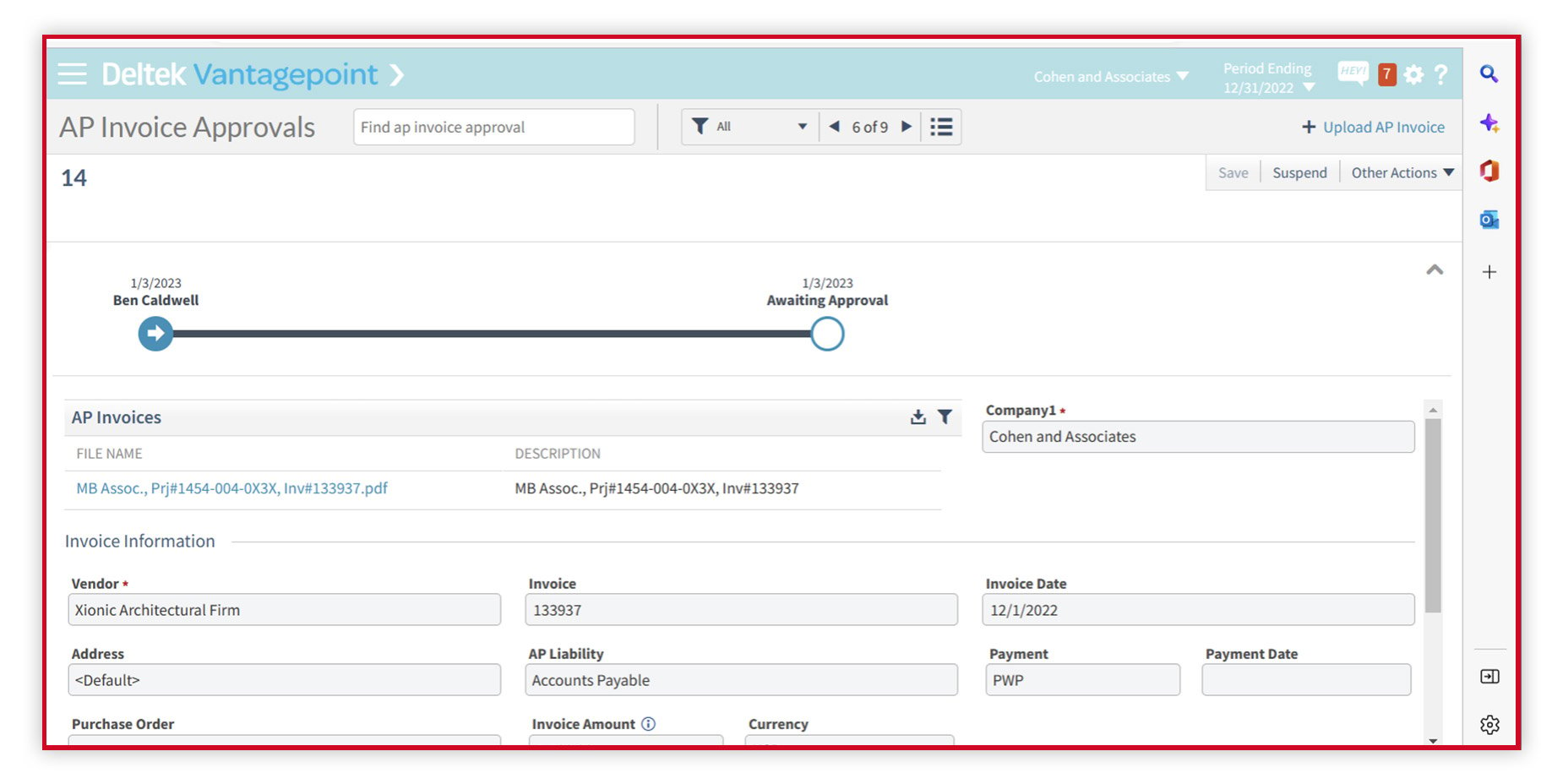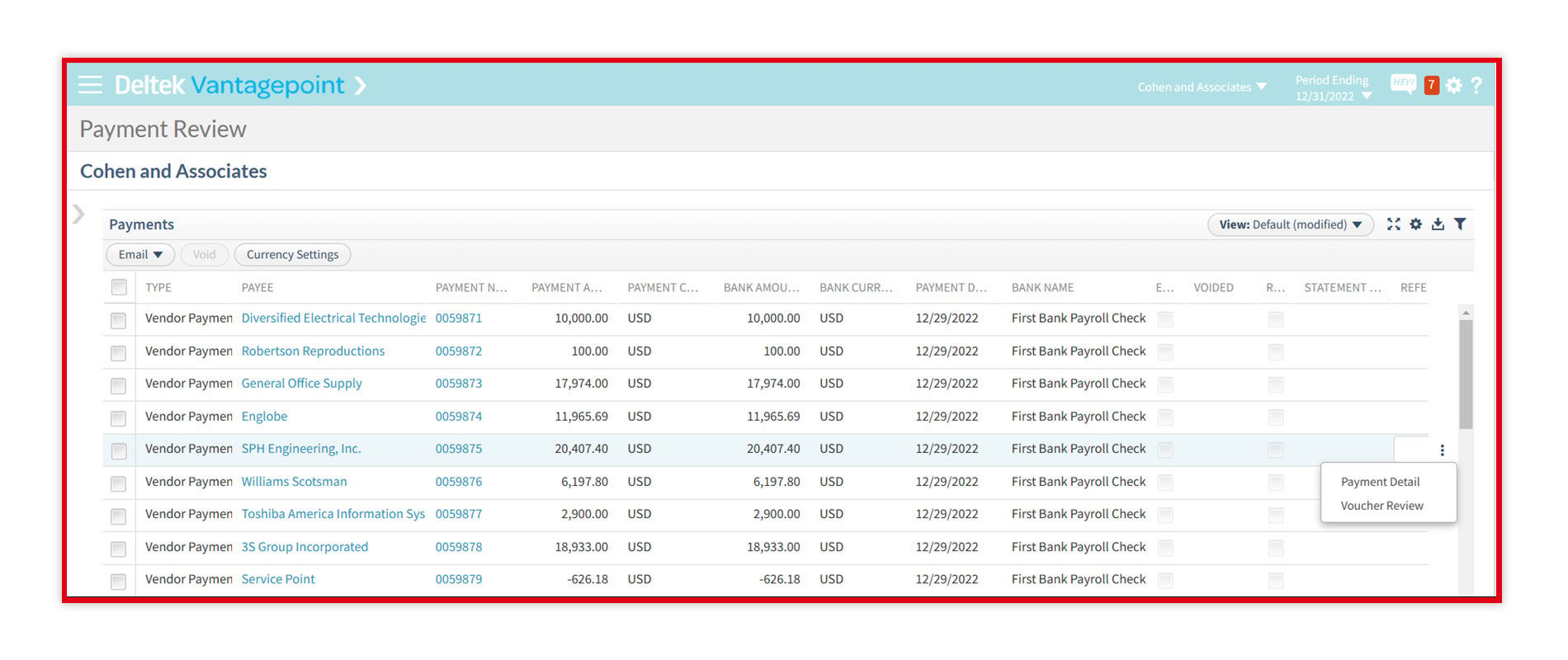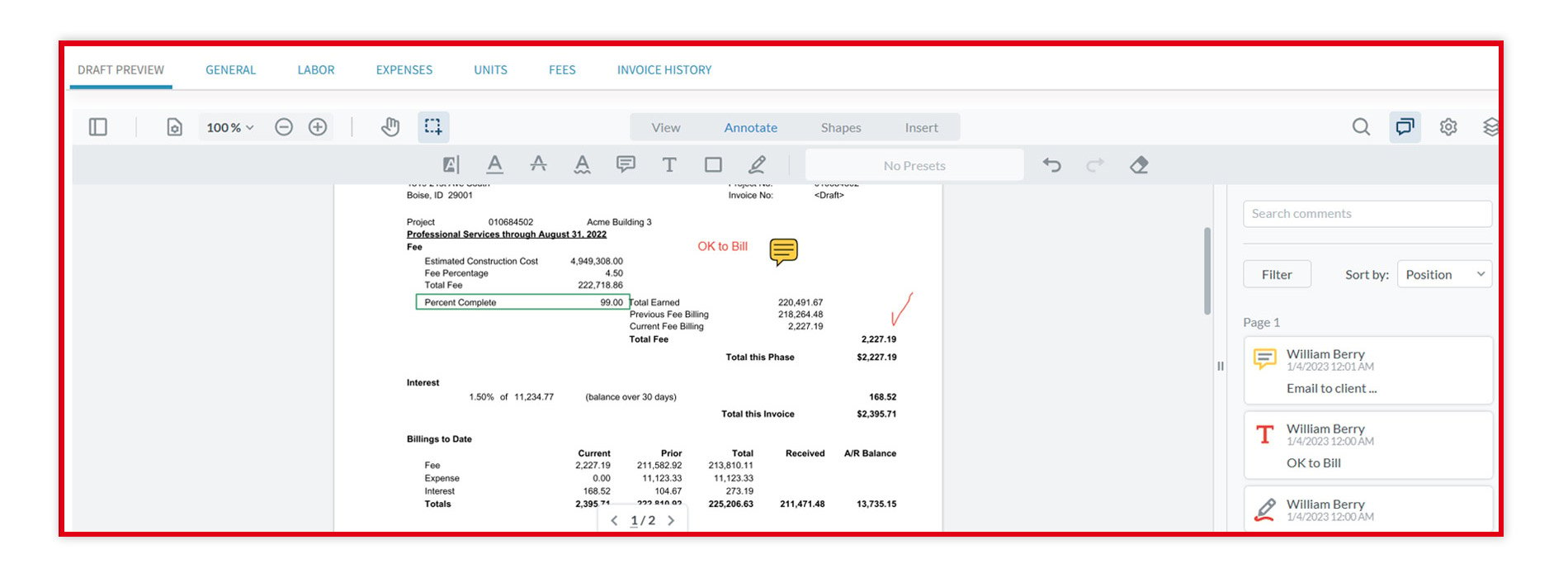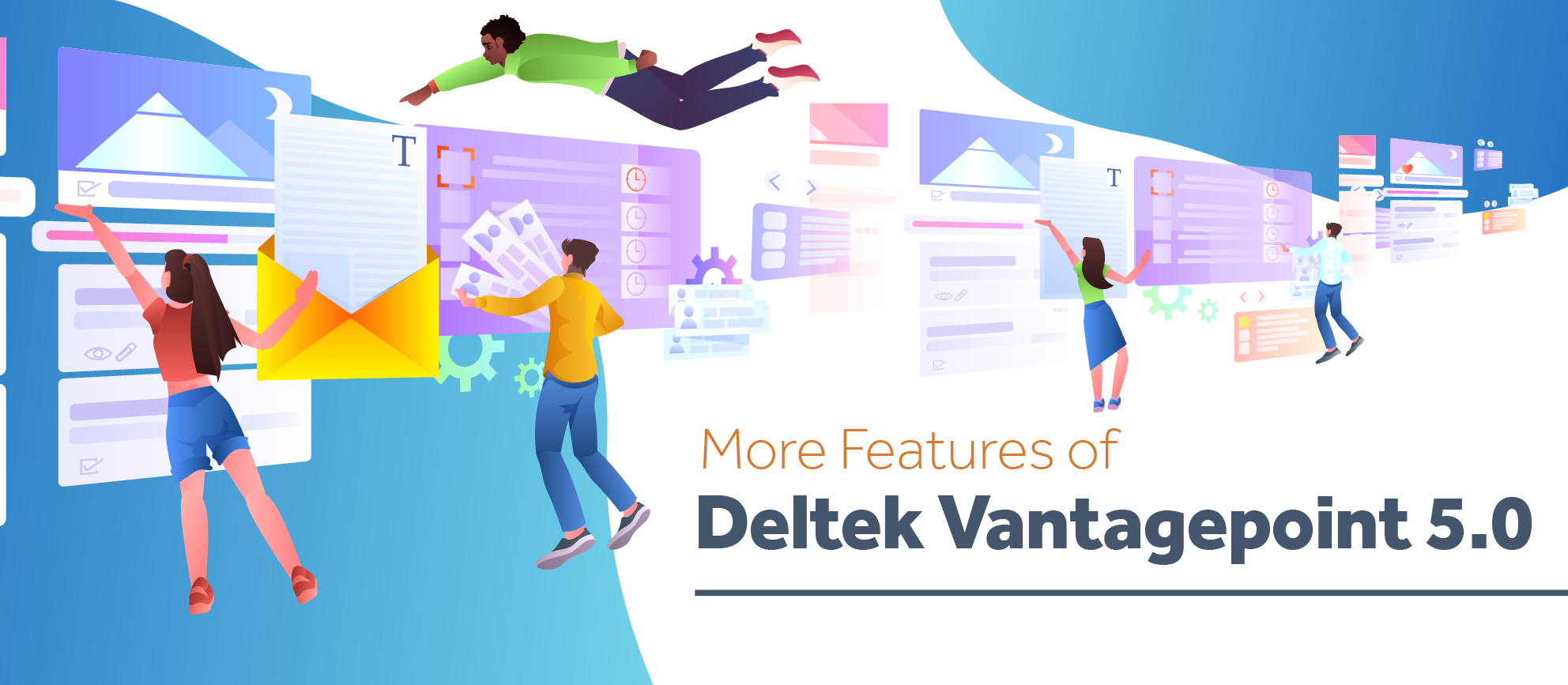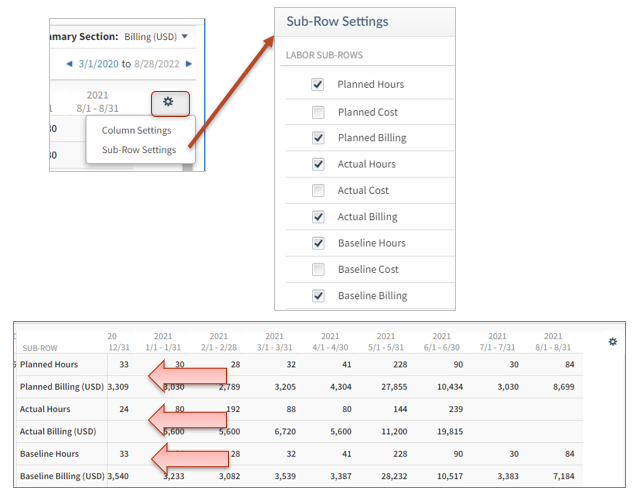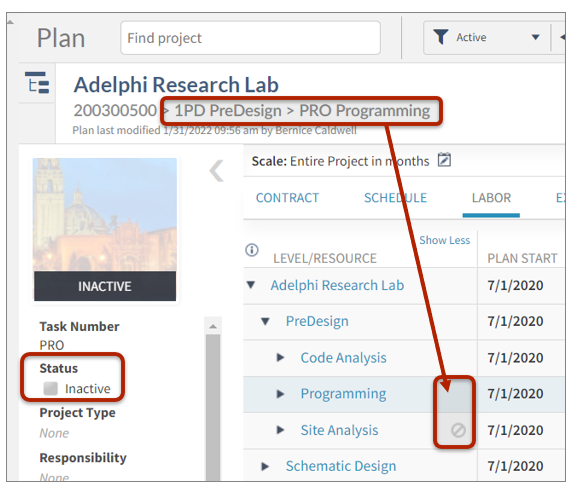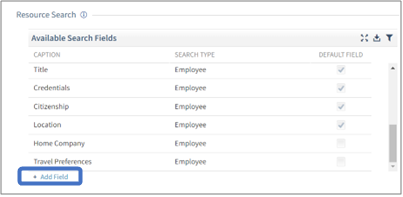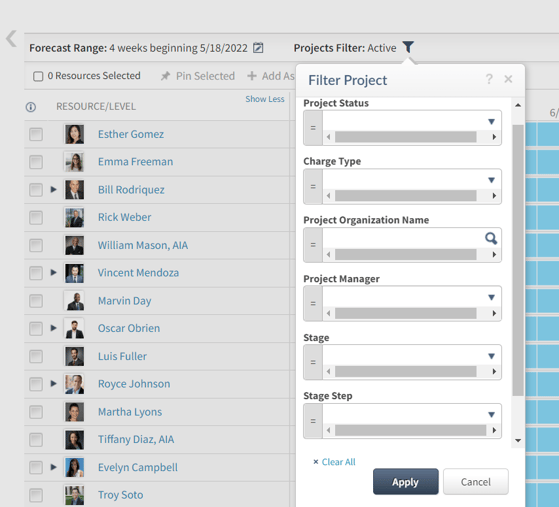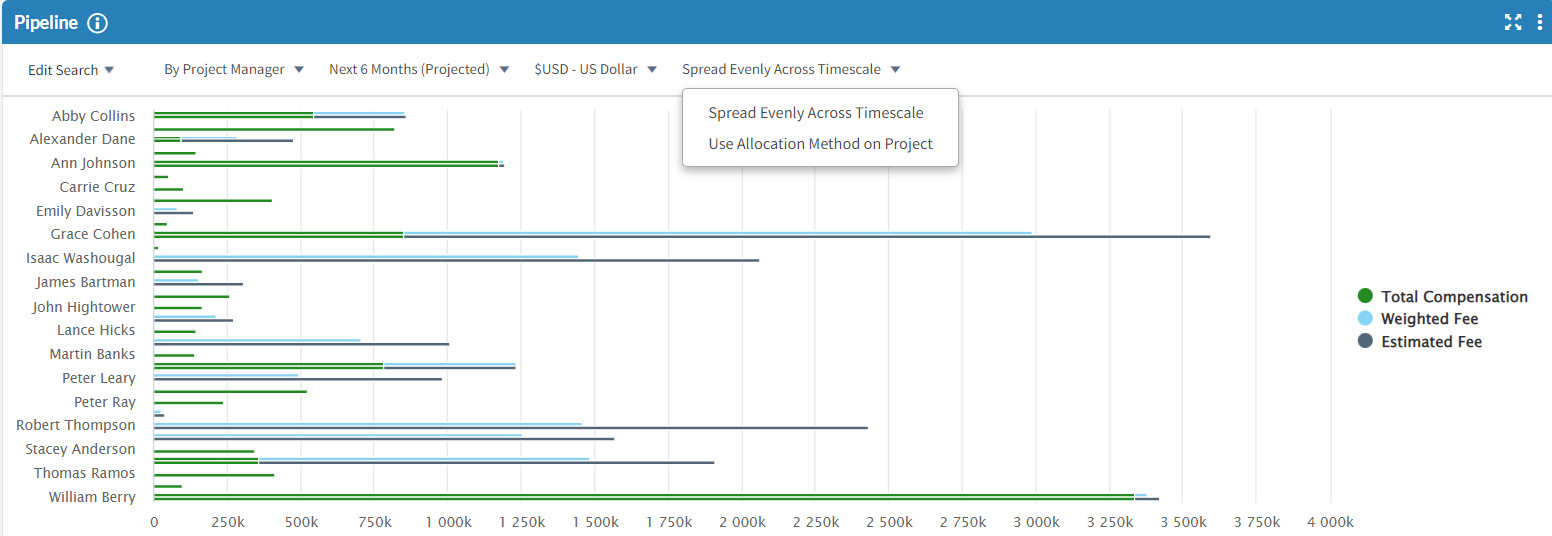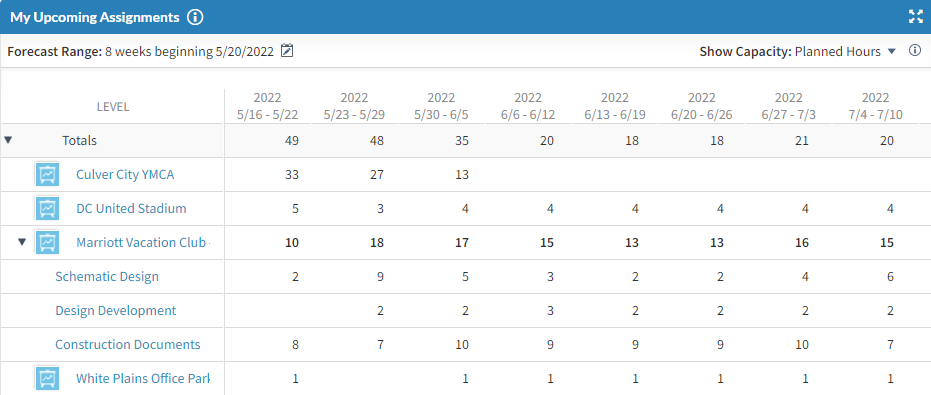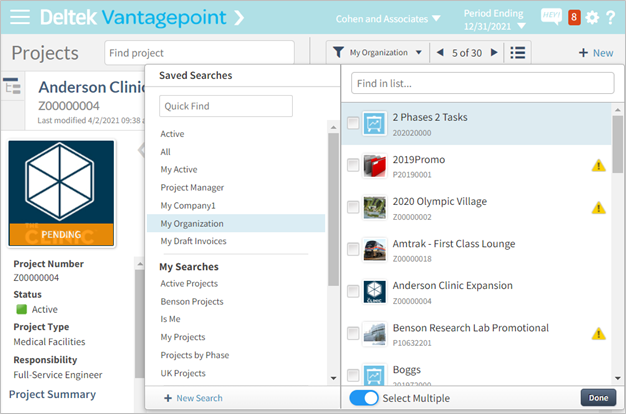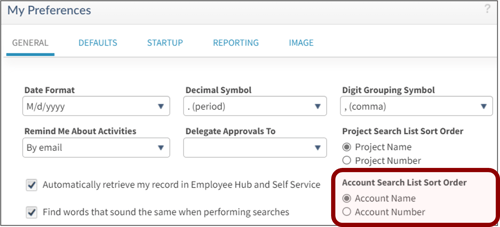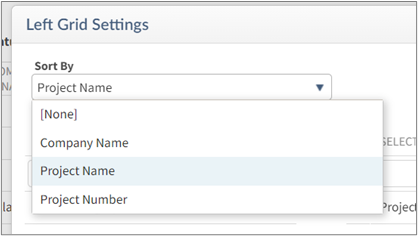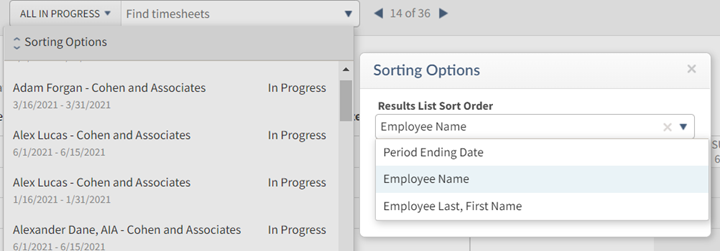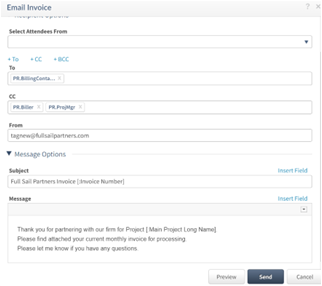The Road Ahead: Implementing Recommendations from Your Navigational Analysis

In our “Get Ready for 2026!” series, we explored various aspects of Vantagepoint and how firms can optimize their processes related to their pipeline, contracts, resource planning, and dashboards. One effective approach is conducting Mini Navigation Analyses, which provide insights into specific areas of a firm’s operations, helping clarify one piece of the larger puzzle. However, when it becomes essential to evaluate multiple facets of a firm’s systems and processes, a two-day Navigational Analysis is the recommended path.
As discussed in our webinar on November 19th, upon completing the initial phases of this analysis, namely the fact-finding mission and needs assessment—firms receive a tailored efficiencies report. This report serves not just as a document but as a crucial action plan intended to help firms maximize their investment in Vantagepoint.
Let’s say your firm decides to complete the Navigational Analysis – then what? The real value lies in what you do next!
Why is Taking Action Important?
Taking action after completing a Navigational Analysis is crucial for several reasons:
- Realization of Potential: The main objective of a Navigational Analysis is to identify opportunities for improvement within a firm’s systems and processes. Without taking action, firms may fail to capitalize on the insights and recommendations provided in the analysis, leaving potential efficiencies and enhancements untapped.
- Implementation of Recommendations: The report generated from the analysis includes detailed recommendations across various areas, such as data cleanup, project lifecycle improvements, and reporting enhancements. Implementing these recommendations not only streamlines operations but also fosters a more efficient use of resources.
- Achieving Goals: When firms initiate a Navigational Analysis, they typically aim to achieve specific goals—such as improved efficiency, better process understanding, and maximization of system capabilities. Action is necessary to ensure these goals are met; without them, the purpose of conducting the analysis may be undermined, and the firm may revert to inefficient practices.
- Accountability and Engagement: Taking action fosters a culture of accountability within the organization. Engaging key stakeholders in the implementation process encourages teamwork and enhances communication, leading to a more cohesive effort towards achieving common objectives.
- Continuous Improvement: The recommendations from the Navigational Analysis serve as a foundation for continuous improvement. By actively addressing the suggested changes, firms can establish a feedback loop that promotes ongoing optimization of processes and systems.
- Enhanced Decision-Making: Implementing findings from the analysis enables firms to make informed decisions based on data and insights rather than intuition alone. This leads to better long-term planning and resource allocation.
- Avoiding Complacency: Firms that do not act may fall into a pattern of complacency, relying on outdated practices rather than adapting to the latest information and technology. Taking steps based on the analysis helps a firm remain competitive and responsive to changing market conditions.
In summary, acting after a Navigational Analysis is essential for maximizing the benefits of the analysis, achieving defined goals, and fostering a culture of continuous improvement and accountability within the firm.
Managing the Report
To effectively utilize the recommendations, firms should follow a structured approach:
- Deep Review: Key stakeholders should thoroughly review the report, which typically averages around 80 recommendations and spans over 20 pages.
- Prioritization: Identify which findings require immediate attention versus those that can be addressed later.
- Task Division: Discuss which recommendations the firm can tackle independently, and which may need external assistance.
- Timing: Set a timeline for implementation, ensuring that tasks are completed in a cohesive and organized manner.
Successful Client Case Studies
Several of our most successful clients have effectively acted on their Navigational Analysis reports. Below are just a few examples of this.
- One firm established departmental goals with specific, measurable initiatives incorporated into staff development plans for the upcoming year. These initiatives included implementing approval processes and transitioning data tracking from external spreadsheets to standardization within Vantagepoint.
- Another client formed a “Deltek Vantagepoint Optimization Team,” meeting regularly to divide tasks among departments, fostering accountability by reviewing progress in each session. This collaborative effort also enhanced inter-departmental understanding and support.
- A third client divided their report into four primary categories: CRM & Project Lifecycle, Transactional Accounting (AP, AR, Billing), Reporting/Dashboards, and Corporate Accounting. They established a defined scope in collaboration with our team, focusing on tier-one goals for the first-year post-analysis. An overall project manager was appointed to ensure team cohesion and alignment with the firm’s objectives.
The common thread among these examples lies in the importance of having a defined plan, setting realistic expectations, fostering accountability, and emphasizing teamwork. These firms have achieved notable success, seeing significant improvements in their systems and processes.
Call to Action! That is the point – right?
What is your firm’s next move? Does it need a mini-Nav focused on a specific area like CRM or Billing? If your team has experienced turnover or insufficient training, this could be an opportune moment for a full Navigational Analysis to assess overall system effectiveness.
Are you prepared to embark on the fact-finding mission in response to the common sentiments of “we don’t know what we don’t know,” or “this seems to take too long, but it’s the way we’ve always done things”?
Although year-end is quickly approaching, the time is now to plan your goals for 2026. Reach out to Full Sail Partners so we can discuss the best options to assist your firm in enhancing its operational efficiency. “The Road Ahead” starts with today’s action!








